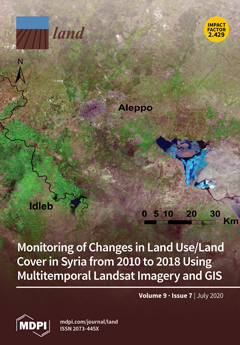Resource information
A singular and modest activist action, a temporary park created in San Francisco, grew into the global urban Park(ing) Day (PD) phenomenon. This tactical urbanism event not only expanded to be annually celebrated in thousands of parking lots all over the world but became an inspiration for urban planning and policy changes. The permanent rendition of Park(ing) Day, parklets, resulted from the movement but did not stop the spread of PD itself. This article presents case studies from New Zealand and Poland, two geographically and culturally distant locations where PD has further developed and evolved gaining local qualities. Through research methods such as research in design, secondary data analysis and expert interviews we study the trajectory of PD evolution and the role and interpretation of it in different parts of the globe. The results show a narrative of successive popularisation and institutionalisation as well as diversification. Departing from its grassroots, guerilla and assertive traits, PD has grown to become an artistic, creative and urban planning tool. As an established, recognised action and an ‘attractive’ idea, PD has great potential for designer education, allowing a venue for implementing methods such as design-build and live project.


